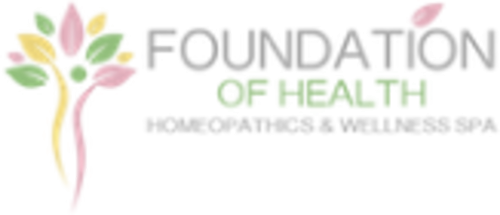Homeopathy is defined as “the treatment of disease by minute doses of natural substances that in a healthy person would produce symptoms of the disease.” Homeopathic treatments are an individualized, holistic, inexpensive, non-invasive approach to healing. Homeopathy was first introduced by the German Physician Samuel Hahnemann in 1796 and grew in popularity in the 19th century.
At the time, homeopathy was seen as a favorable alternative to more aggressive treatments like bloodletting. Today, some criticisms are made towards homeopathy’s focus on treating symptoms of disease instead of finding the root cause, although experiments show that homeopathy can be an effective treatment method for long-term illnesses such as allergies, IBS, and rheumatoid arthritis. Homeopathy is not suitable for the treatment of severe illnesses or in the case of an emergency.
Homeopathy is based on the concept that ‘like cures like’ and views the symptoms of illnesses as the body’s way of trying to heal itself. Some practitioners believe that homeopathy can even improve the body’s self-regulatory processes. Homeopathic treatments come in pill or liquid form and carry very small doses of the active ingredient. Homeopathy is safe because so little active ingredient is used that some people wonder if improvements in symptoms are actually due to a placebo effect.
Even though it is very safe, patients receiving homeopathy treatments should inform their medical doctor if they plan on combining homeopathy with conventional treatments. Homeopathic remedies are great because they are safe to use on infants, children, pregnant women, and nursing women. The only side effect of homeopathy is an occasional and brief aggravation of symptoms, which is seen as an indication that the treatment is working.
